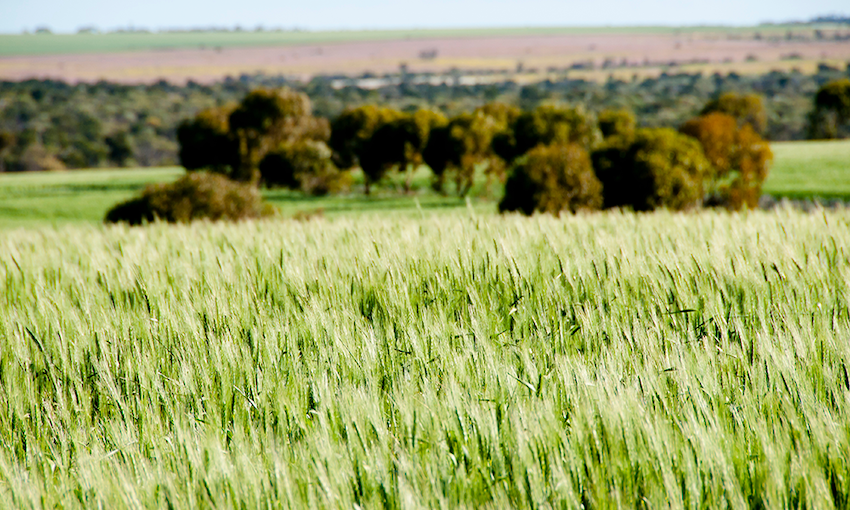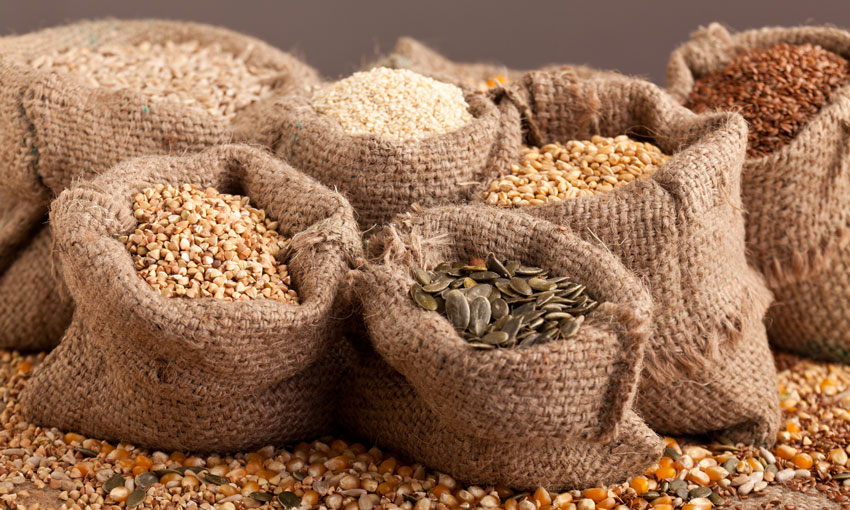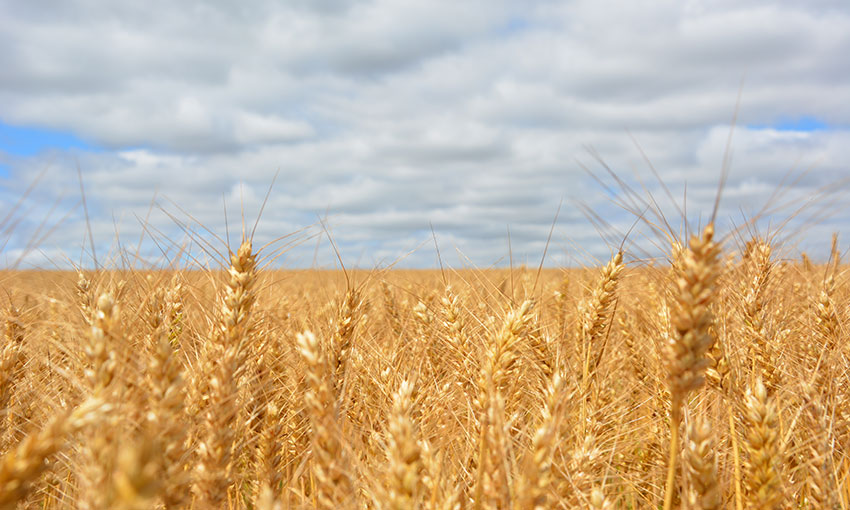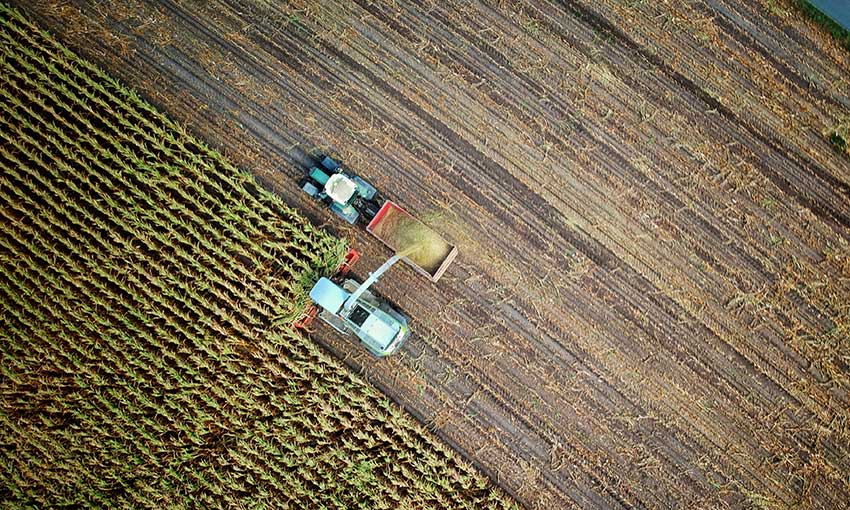DESPITE input and supply chain disruptions, Australia’s agricultural exports are on track to reach a record $65 billion in value for 2022-23.
And, for the second year in a row, total production value is above $80 billion on the back of favourable conditions and high global prices.
However, according to the Australian Bureau of Agricultural and Resource Economics and Science, trade restrictions in the global market may pose a long-term risk to Australia exporters.
ABARES executive director Jared Greenville said record crop exports are forecast to be worth $39.8 billion in 2022-23.
“Exceptionally high grain prices are expected due to poor seasons for major producers overseas and the unfortunate side-effects of Russia’s invasion of Ukraine on world grain markets,” Dr Greenville said.
“Soaring fertiliser costs and access to farm labour and imported machinery will continue to challenge many Australian farm businesses, but Australia has shown throughout the pandemic that we are a reliable and resilient food producer and exporter.”
Dr Greenville said exporters will likely continue to be challenged by ongoing supply chain disruptions, but exports are not expected to be meaningfully restricted.
“The 12 months to March saw a combined monthly average of three million tonnes of wheat, barley and canola shipped abroad to equal records set following the then-record 2016–17 harvest,” he said.
“We are expecting our forestry and fishing sectors also to perform well, with the total value of the agriculture, fisheries and forestry sectors forecast to be $86.2 billion. This is just below the record for 2021-22.”
According to Dr Greenville, Australian producers have been able to benefit from favourable growing conditions over the past few years, however longer-term risks exist in the form of trade restrictions imposed by many countries in response to rising food prices.
“Trade restrictions increase global price volatility and reduce the confidence countries place in buying food from global markets,” he said.
“Reduced confidence in international markets is a concern for Australian producers as they are central to both global food security and the long-term prosperity of Australian agriculture.”
Shifting focus to this year’s winter crop production, Dr Greenville said the season is off to a good start following favourable planting conditions across the wheat-sheep belt in Autumn.
“Excellent seasonal conditions and high crop prices are expected to drive the national planting of winter crops to reach the second highest on record at 23.4 million hectares,” Dr Greenville said.
“And our current prediction is for winter crop production in 2022–23 to be the fourth highest on record at 50.9 million tonnes.”
However, heavy rain across Queensland and parts of New South Wales in May has reportedly affected growers’ ability to sow their paddocks, and tighter rationing of fertilisers due to high costs may result in lower yields.
“On a very positive note, the latest Bureau of Meteorology outlook points to another three months of above-average winter rainfall for the eastern states and South Australia,” Dr Greenville said.
He said the total summer crop production in 2021–22 is also estimated to reach a new record of 5.5 million tonnes.
“Well above average rainfall during autumn contributed to finishing off an excellent summer cropping season in Queensland and northern New South Wales.
“This incredible yield is despite the flooding in Queensland and Northern New South Wales, which was mostly localised and didn’t impact the national volumes.”




